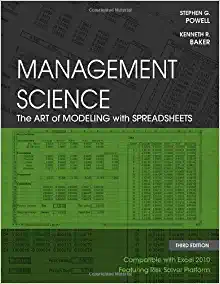Five years ago, an automobile manufacturer started offering an extended warranty to buyers of its sport-utility vehicle.
Question:
Five years ago, an automobile manufacturer started offering an extended warranty to buyers of its sport-utility vehicle. The extended warranty covered defects occurring after the initial three-year warranty expired. Of the 10,000 people who bought the sport-utility vehicle in the first year of the program, 15 percent purchased the extended warranty. In the Warranty Department, you have recently received data on a random sample of 200 of the cars sold in the first year that the extended warranty was available. For this sample, the average extended-warranty expenditure per car for the one-year period after the initial warranty elapsed was $350 with a standard deviation of $100.
a. What is a 95 percent confidence interval for the mean one-year extended-warranty expenditure per automobile?
b. At its introduction, the extended warranty was priced at $225 per year per automobile. Compute a 95 percent confidence interval for the one-year profitability of the extended warranty.
c. How large a sample would the Warranty Department require if it wanted its 95 percent confidence interval for the mean warranty expenditure to be no more than ± $5?
Step by Step Answer:

Management Science The Art Of Modeling With Spreadsheets
ISBN: 9780470530672
3rd Edition
Authors: Stephen G. Powell, Kenneth R. Baker





